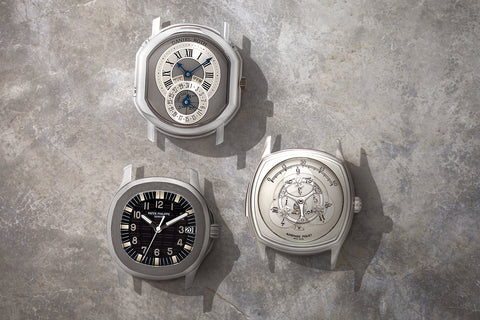First launched in 1978, the Quantième Perpétuel by Audemars Piguet was the world’s thinnest automatic perpetual calendar. The reference 5548 was the first reference of this newly released perpetual calendar, birthing a category of watches which has taken on many different forms. Sources note that total production for the reference 25657* stands at 1821 watches, with just 128 in platinum, making this example fairly rare and not often seen on the market.
Worth Reading
The lines of the original Quantième Perpétuel were penned by Jacqueline Dimier, who is considered by some as the protégé of the legendary Gérald Genta. The perpetual calendar indications are laid out in an intuitive manner. The date and day are shown at 3 and 9 o’clock respectively, with the months displayed at 12 o’clock. A moonphase indication is placed at 6 o’clock, with graduations for the moon position just above.
This platinum piece further stands out for its rare dial configuration. Whilst most examples of the Audemars Piguet Perpetual Calendar feature applied indices, this example features printed Roman numerals, imbuing this piece with an even more classic aesthetic. Though the change is subtle, it does give the watch a different feel and identity. Overall, the watch features platinum stick hands against a white background, and a typical double-stepped bezel. The three pushers are only visible when the watch is turned over. At 36mm in diameter and less than 8mm thick, the reference 25657 sits comfortably on the wrist. The caseback is engraved with the watch's individual case number.
Notably, unlike with earlier examples, such as similar reference 5548 pieces that feature Roman numerals, this reference 25657 has a complete moonphase, featuring an updated larger Audemars Piguet font, but also entering into the space where the 'VI' numeral would usually be. This updated look suggests that the piece was created slightly later on during the reference's production run. This is further confirmed when we note that the sub-dials on the watch are slightly recessed, with a complete, rather than semi-circle moonphase, as is present in earliest examples.
The watch is fitted with the ultra-thin, automatic calibre 2120/2800, derived from Jaeger-LeCoultre’s celebrated ultra-thin JLC 920 movement. The calibre 2120 was an initial project of Jaeger-LeCoultre in 1967, funded and contributed by Audemars Piguet, and famous for its adoption by Audemars Piguet, Patek Philippe and Vacheron Constantin.
Specifications
Closer look
| Brand: | Audemars Piguet |
| Model: | Perpetual Calendar ref. 25657PT |
| Movement: | automatic calibre 2120/2 |
| Functions: | perpetual calendar (month, date, day, moonphase), hours, minutes |
| Features: | recessed subdials, closed case back, blued steel hands |
| Case material: | platinum |
| Case diameter: | 36mm |
| Case thickness: |
8mm |
| Lug-to-lug: |
39mm |
| Crystal: | sapphire front |
| Strap: | bespoke grained leather strap from our own collection, Audemars Piguet black alligator strap, Audemars Piguet platinum pin buckle |
| Lug width: | 20 x 16mm (curved) |
| Year: | c. 1990's |
| Accompanying materials: | Audemars Piguet leather box |
Condition
This Audemars Piguet Perpetual Calendar is in very good condition throughout. The case shows light superficial marks throughout, with very light scuffs on the lugs consistent with age and minimal wear over time. The dial and hands are free from any cause of concern and well preserved. The hallmarks and engravings on the caseback are crisp and well defined.
Warranty
The watch comes with a two-year warranty from A Collected Man, alongside a lifetime guarantee of authenticity.
We stand by the quality of all of our pre-owned watches and mechanical objects. If something goes wrong, we’ll always strive to remedy the situation in a timely manner and to the best of our ability. The satisfaction and trust of our clients is of the highest importance, to everyone at A Collected Man.
All of our pre-owned watches have undergone thorough, non-invasive mechanical inspections and have been serviced, if appropriate, to ensure that they meet our highest standards of timekeeping and functionality.
Our pre-owned watches, unless stated otherwise, are covered by either a full or a limited twenty-four month warranty. This excludes any damage sustained due to improper use or accident. Due to their age, some pre-owned watches should not be subjected to the same conditions as when new.
Any of our pre-owned watches which have been serviced by their respective manufacturer, will carry the manufacturer’s servicing guarantee. This is separate and supersedes, the standard warranty offered by A Collected Man. Please see our Terms & Conditions for further information. You can write to us directly at enquiries@acollectedman.com, for further clarification.
A Collected Man is also an authorised retailer for a number of watchmaking brands. These watches are covered by the warranty from the original manufacturer.
We offer complimentary worldwide delivery on our watches. If ordering from overseas, delivery will depend on the value of the timepiece and the destination. All import taxes and duties are the responsibility of the buyer.
If ordering from the UK before 1 PM, your watch will be sent the same working day. The courier will depend on the value of the watch, with all watches delivered the next working day.
Please note that pre-owned goods (in the United Kingdom) are subject to a marginal rate of VAT, which can not be reclaimed. For further information, please see here.
Enquire
Please fill out the details below and we'll be back in touch shortly. Thank you.
Join the List
Get notified as soon as new pieces from this brand are added to our collection.
Leap Forwards of Perpetual Calendar
The first perpetual calendar pocket watch was invented by Thomas Mudge in 1762, yet it wouldn’t be until 1925 when Patek Philippe produced the first perpetual calendar wristwatch. That’s how hard it is to miniaturise this complication, just so that its wearer isn’t thrown out of sync for a moment every four years.




Certainly, the complexity of this complication isn’t just about scale. It’s about energy. If a chronograph requires a lot of energy just to move those three extra hands, now imagine the energy demands of a watch whose entire mechanism needs to be constantly running, even while it appears to be doing not much at all. This requires minimal friction, minimal weight and whatever else can be done to conserve energy.
All of which begs the question, if perpetual calendars can not only be challenging to make, but even to own, what quite is their appeal? Michael Friedman, who holds the fantastic title of ‘head of complications’ at Audemars Piguet – makers of rods for its own back, and hence the RD2, the world’s thinnest self-winding perpetual calendar watch – gets philosophical on this question. If, he says, watches are so often celebrated for their precision in the moment, for their nowness, for splitting seconds, the perpetual calendar celebrates slow time. Indeed, the very name says it all: the perpetual calendar might as well be called the forever watch.


PERPETUAL Calendar Watches at A Collected Man
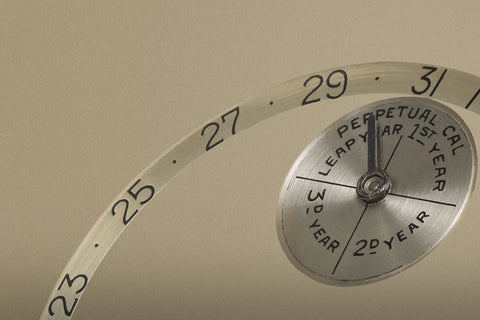
The Leap Forwards of Perpetual Calendars
By Josh Sims
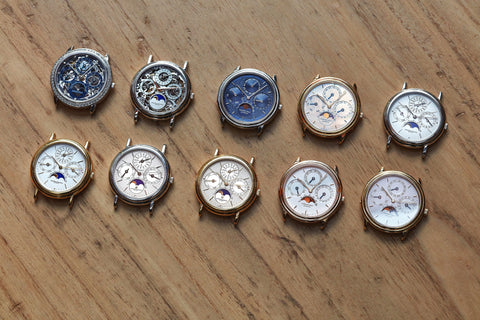
The Birth of Ultra-Thin, Automatic Perpetual Calendars
By Russell Sheldrake
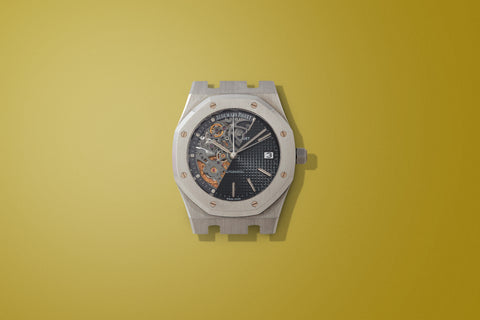
The Bare Bones Of the Skeletonised Watch
By Josh Sims
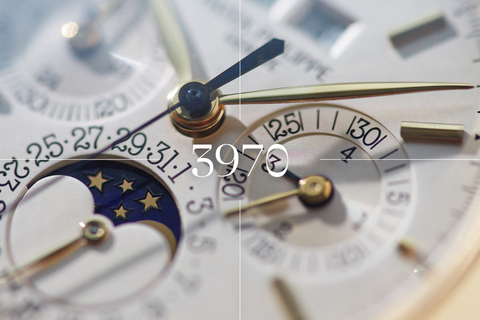
A Collector's Guide: The Patek Philippe 3970
By Russell Sheldrake
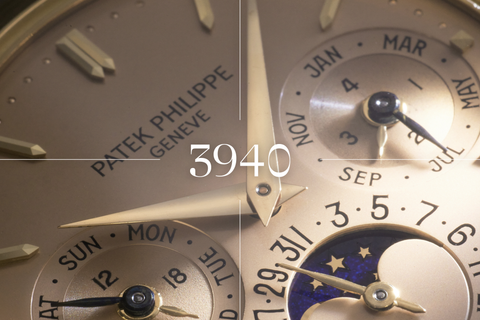
A Collector's Guide: The Patek Philippe 3940
By Russell Sheldrake
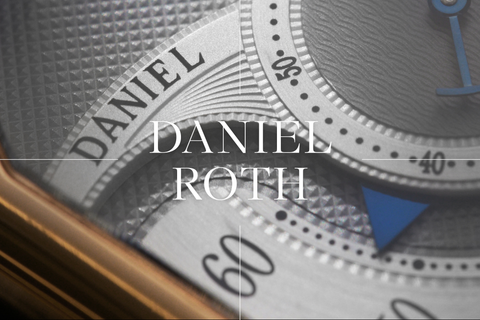
A Collector’s Guide: Early Daniel Roth
By Russell Sheldrake
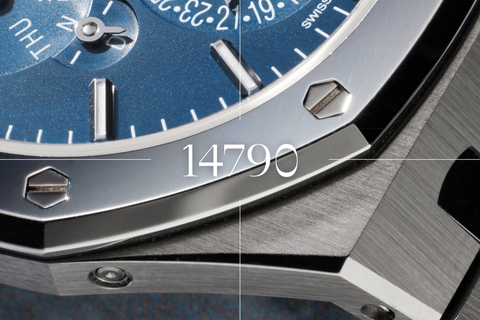
A Collector’s Guide: The Audemars Piguet Royal Oak ref. 14790
By Russell Sheldrake
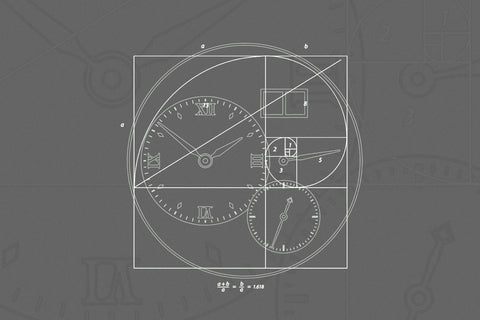
The Balance of Symmetry and Asymmetry in Dial Design
By Felix Scholz
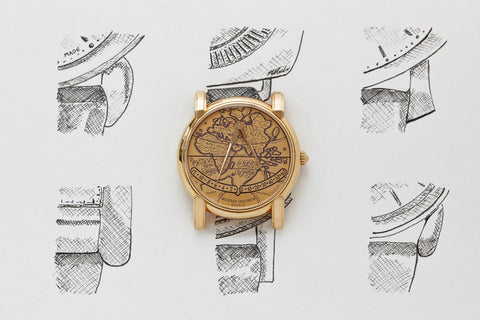
Six Collectors Choose their Favourite Lugs
By Russell Sheldrake
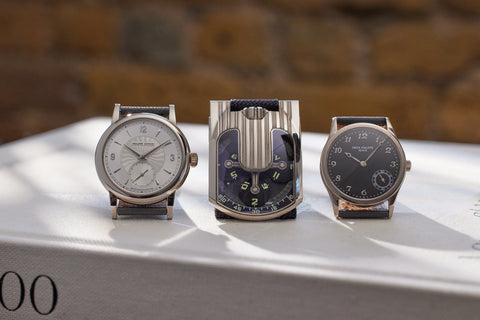
What Is Independent Watchmaking?
By A Collected Man
